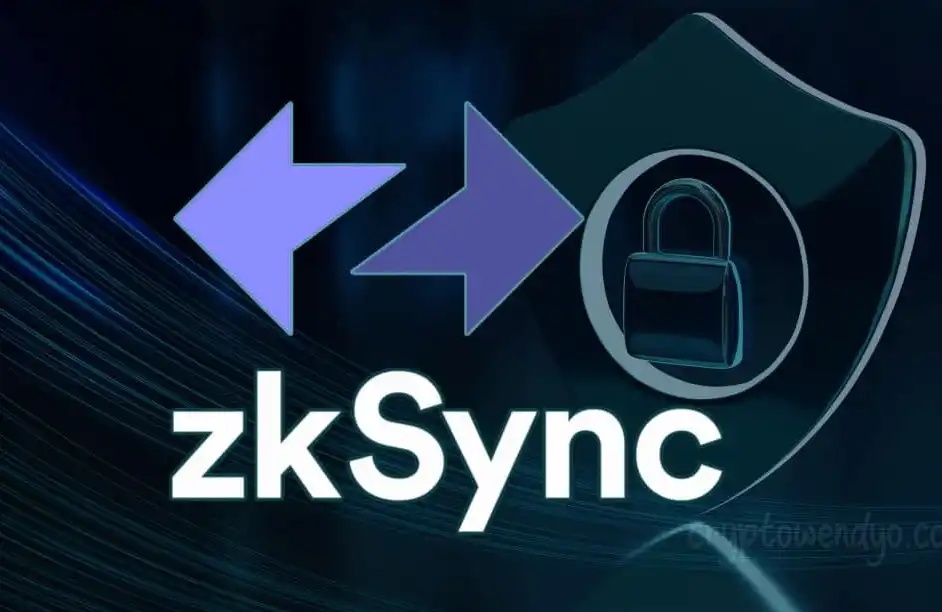Cryptocurrency Industry TPS Scam
Original Article Title: The Great TPS Lie: Crypto's Obsession With Solving Problems Nobody Has
Original Article Author: @therosieum, @tenprotocol Member
Original Article Translation: Translated by Lyrical Deep
Editor's Note: The article criticizes the crypto industry's blind pursuit of high TPS (transactions per second), arguing that this race is based on false advertising and overlooks real user needs. Projects, in order to attract funding and attention, exaggerate lab data but sacrifice decentralization, security, and usability, often solving problems that no one cares about. The author calls for a focus on truly meaningful blockchain applications, building according to actual use case scales, rather than chasing after unrealistic digital dreams.
The following is the original content (slightly reorganized for better understanding):
Every other week, a new L1 or L2 project goes live, proclaiming, "We can process 100,000 transactions per second!"
Sometimes it's 50,000, sometimes it's 1 million.
The specific numbers don't matter because it's all mostly hogwash.
The "Faster Than Thou" Race of Transaction Speed
The scalability battle has devolved into crypto's most awkward competition. Every new protocol must claim a higher TPS than the previous one, whether those speeds are:
- Actually achievable outside of their AWS testnet (Spoiler: It's pretty much impossible)
- Meaningful for real-world applications
- Necessary for scenarios of actual human use
This obsession with throughput is akin to the crypto world joyriding a Lamborghini during rush hour. The issue isn't the specs but the context.
Diving Into Real Data
Visa, the payment giant that processes transactions for billions globally, averages about 1,700 transactions per second. Their theoretical peak is around 24,000 TPS, but they have never needed this capacity in decades of operation.
Meanwhile, most blockchain projects struggle to attract even 100 daily active users.
If your Discord emojis outnumber your on-chain transactions, you might be solving a problem that exists only in your imagination.
The Invisible Cost of Chasing "Blockchain Scalability Trilemma"
The obsession with theoretical throughput brings about real-world issues that harm users.
Firstly, there is the disguised centralization: in pursuit of high TPS, decentralization is often sacrificed for a marketing number.
Secondly, there is security theater: cutting corners in hasty scaling introduces vulnerabilities that will eventually be exploited.
Furthermore, there is talent drain: top talent is not building what users truly need but instead gets stuck optimizing synthetic benchmarks.
Lastly, there is blatant deception: the lab numbers hyped in marketing collapse under real-world conditions.
The Unsettling Truth
There are two main reasons behind the obsession with extreme scalability:
· You need to sound very techy to justify your $100M funding
· You desperately want your chain to stand out among over 5000 blockchains in the market
User needs are only an afterthought. The real game is to make retail investors believe you are the ultimate solution—while VCs act as the loudest KOLs for your TPS narrative.

Building Something Truly Meaningful
If you are really building something in this space, here's a reality check:
· Focus on things only achievable with blockchain
· Design an economic model that doesn't require monthly user acquisition gimmicks
· Create a user interface that doesn't make the average person want to smash their computer
· Build to the scale of actual use cases, not for the sake of a fancy pitch deck
Scalability Reality Check
Next time a project boasts about handling 500,000 TPS, ask them: "What are these transactions actually doing? Who is generating them? For what purpose?"
When they start mumbling about "future adoption" and "web3 social," you'll know the answer.
Real innovation is not in theoretical performance in a vacuum but in building what people truly need and scaling appropriately to demand.
Everything else is just expensive performance art disguised as technology.
Welcome to join the official BlockBeats community:
Telegram Subscription Group: https://t.me/theblockbeats
Telegram Discussion Group: https://t.me/BlockBeats_App
Official Twitter Account: https://twitter.com/BlockBeatsAsia
 Forum
Forum OPRR
OPRR Finance
Finance
 Specials
Specials
 On-chain Eco
On-chain Eco
 Entry
Entry
 Podcasts
Podcasts
 Data
Data


 Summarized by AI
Summarized by AI







